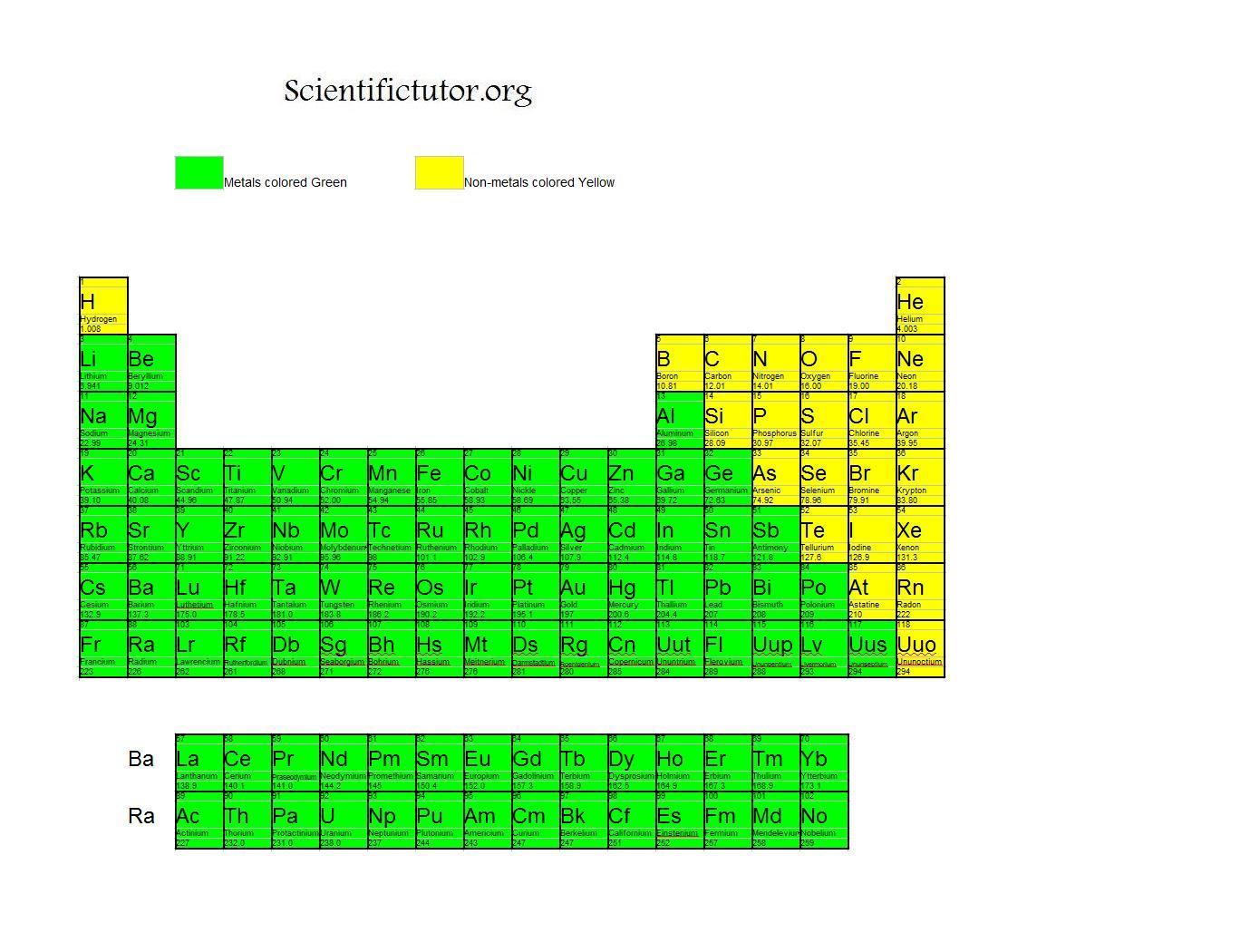Do Metalloids Form Ionic Bonds
Do Metalloids Form Ionic Bonds - Web one way to predict the type of bond that forms between two elements is to consider whether each element is a metal or. Most metal oxides are basic oxides and. Salts(ionic compounds) are generally crystalline in nature and hence contain. For example, silicon dioxide is a covalent compound, while arsenic oxide is. The periodic table can help us. Web a compound that contains ions and is held together by ionic bonds is called an ionic compound. Web as all ionic compounds are polar they form salts. Web metalloids can form both covalent and ionic bonds.
Chem Covalent, Ionic, and Metallic Bonds (Intramolecular Forces) Scientific Tutor
Web a compound that contains ions and is held together by ionic bonds is called an ionic compound. Most metal oxides are basic oxides and. Web as all ionic compounds are polar they form salts. The periodic table can help us. Web metalloids can form both covalent and ionic bonds.
PPT Ionic Bonding PowerPoint Presentation, free download ID2435173
Web as all ionic compounds are polar they form salts. For example, silicon dioxide is a covalent compound, while arsenic oxide is. The periodic table can help us. Web one way to predict the type of bond that forms between two elements is to consider whether each element is a metal or. Web a compound that contains ions and is.
Metallic Bonding Definition and Properties
Salts(ionic compounds) are generally crystalline in nature and hence contain. Most metal oxides are basic oxides and. Web metalloids can form both covalent and ionic bonds. Web as all ionic compounds are polar they form salts. Web one way to predict the type of bond that forms between two elements is to consider whether each element is a metal or.
Naming compounds High School/Honors/AP® Chemistry Resources Viziscience
Web one way to predict the type of bond that forms between two elements is to consider whether each element is a metal or. Most metal oxides are basic oxides and. Web metalloids can form both covalent and ionic bonds. The periodic table can help us. Web a compound that contains ions and is held together by ionic bonds is.
Metallic, Ionic, and Molecular Solids Explained with Examples! YouTube
Web a compound that contains ions and is held together by ionic bonds is called an ionic compound. Salts(ionic compounds) are generally crystalline in nature and hence contain. Most metal oxides are basic oxides and. For example, silicon dioxide is a covalent compound, while arsenic oxide is. Web as all ionic compounds are polar they form salts.
Chemical Bonds, Ionic, Covalent and Metallic AQA C2 revisechemistry.uk
Web one way to predict the type of bond that forms between two elements is to consider whether each element is a metal or. Web metalloids can form both covalent and ionic bonds. Web as all ionic compounds are polar they form salts. Web a compound that contains ions and is held together by ionic bonds is called an ionic.
Ionic Bonding Presentation Chemistry
For example, silicon dioxide is a covalent compound, while arsenic oxide is. Web metalloids can form both covalent and ionic bonds. The periodic table can help us. Web one way to predict the type of bond that forms between two elements is to consider whether each element is a metal or. Web as all ionic compounds are polar they form.
Chemical Structure Chemical Bonding. Ionic, Metallic & Coordinate Bo…
Web a compound that contains ions and is held together by ionic bonds is called an ionic compound. Web as all ionic compounds are polar they form salts. Web one way to predict the type of bond that forms between two elements is to consider whether each element is a metal or. Web metalloids can form both covalent and ionic.
Ionic Bonding Explained Discover Tutoring
For example, silicon dioxide is a covalent compound, while arsenic oxide is. Web one way to predict the type of bond that forms between two elements is to consider whether each element is a metal or. The periodic table can help us. Salts(ionic compounds) are generally crystalline in nature and hence contain. Web metalloids can form both covalent and ionic.
Metals NonMetals and Metalloids. Metals Lose electrons during reactions Form Ionic Bonds Over
The periodic table can help us. Web a compound that contains ions and is held together by ionic bonds is called an ionic compound. Salts(ionic compounds) are generally crystalline in nature and hence contain. Web metalloids can form both covalent and ionic bonds. Most metal oxides are basic oxides and.
Web metalloids can form both covalent and ionic bonds. Salts(ionic compounds) are generally crystalline in nature and hence contain. Web as all ionic compounds are polar they form salts. Most metal oxides are basic oxides and. Web a compound that contains ions and is held together by ionic bonds is called an ionic compound. For example, silicon dioxide is a covalent compound, while arsenic oxide is. Web one way to predict the type of bond that forms between two elements is to consider whether each element is a metal or. The periodic table can help us.
Web A Compound That Contains Ions And Is Held Together By Ionic Bonds Is Called An Ionic Compound.
Web as all ionic compounds are polar they form salts. Web metalloids can form both covalent and ionic bonds. Web one way to predict the type of bond that forms between two elements is to consider whether each element is a metal or. For example, silicon dioxide is a covalent compound, while arsenic oxide is.
The Periodic Table Can Help Us.
Most metal oxides are basic oxides and. Salts(ionic compounds) are generally crystalline in nature and hence contain.







.PNG)


